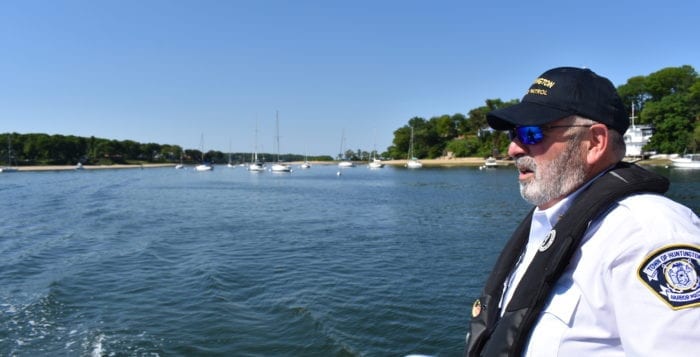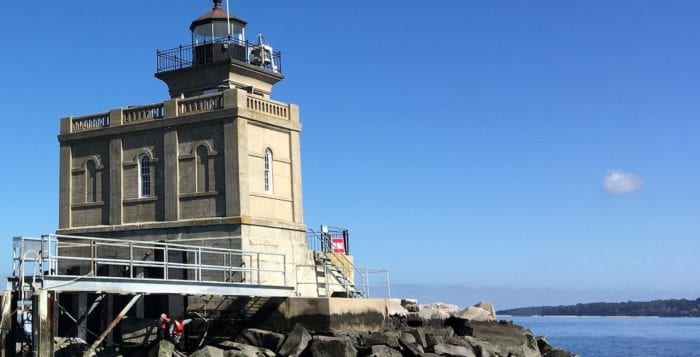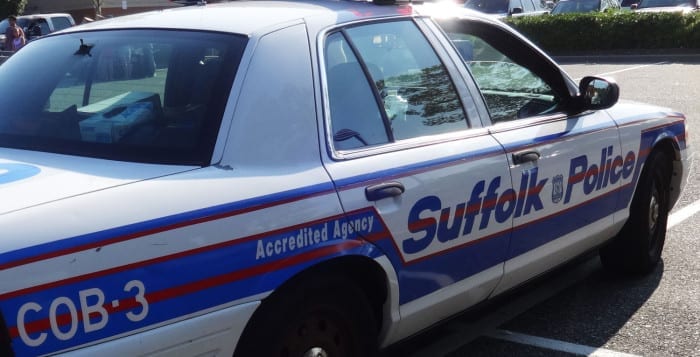By Kyle Barr
As Huntington boat owners get ready to pull up anchor and head out for the start of the season, town officials and maritime police emphasizing boating safety and a plan to crack down on drunk boating.
“Across Long Island and the entire state, boating accidents and deaths have been increasing the last few years,“ Huntington Supervisor Chad Lupinacci (R) said. “At the local level, the coast guard and the
local marine units have noticed fewer boaters wearing life jackets, and general inattention to the rules of the waterways.”
“Across Long Island and the entire state, boating accidents and deaths have been increasing the last few years.”
– Chad Lupinacci
Lupinacci was joined by Huntington Harbormaster Fred Uvena, members of the Huntington Bay Constable and members of the Suffolk County Marine Bureau at a May 24 press conference where they called for stricter enforcement of speed limits inside Huntington Harbor, awareness of small craft in local waters and a crackdown on boating while intoxicated.
In 2017, there were more than 650 deaths across the country involving boating incidents, according to a report by the U.S. Coast Guard. There were 19 fatal accidents, resulting in 22 deaths, and more than 70 people injured in New York. The overall number of boating-related deaths is less than in 2016, but still represents a general increase over the last few years. The report said that there were 12 boating accidents in the state in which alcohol was found to be a contributing factor, which resulted in one death and 16 injuries in 2017.
“When you come down and get in your boat, the biggest thing we emphasis is common sense,” Uvena said.
The harbormaster emphasized that every boat should have life jackets for every passenger, that boat owners should check their fuel, flares and radio when boarding and that those in charge of the boats should know not to drink and pilot their craft.
There are multiple high-risk areas across Huntington Harbor and all the way out into the entrance to Long Island Sound, according to Uvena, He pointed out that hot spots for incidents include the private beaches along the harbor that host many canoers, paddle boarders and other small craft. There are also the hazardous areas full of protruding rocks along the beach near Huntington Harbor Lighthouse and an area commonly called The Box close to the Northport Power Station.
“When you come down and get in your boat, the biggest thing we emphasis is common sense.”
– Fred Uvena
Over the past five years, Uvena said he has seen incidents involving kayakers and paddle boarders increase along with the surge in these activities’ popularity in Huntington. The harbormaster said that they are so low to the water that boaters who fly too fast, too close to the shore have the possibility of clipping them or running over them completely. The U.S. Coast Guard’s statistics show that canoe and kayaks had the second highest total death count at 152 compared to 323 in open motorboat.
”Boaters need to take heed of their speed in the middle of the bay,” Uvena said.
The Harbormaster office is receiving new buoys that have LEDs built in to be more easily seen at night. Uvena expects to receive them by the end of the year, but as the boating season kicks off, the harbor constables can only advise boaters on the dangers of speeding in the harbor and of drinking and boating. Those individuals who are found guilty of boating while intoxicated can face stiff penalties. On the first offense, an individual can receive from a $300 to $500 fine and 15 days in jail; additional offenses result in harsher fines and longer jail time. However, under current law a boating while intoxicated charge does go on a driver’s license or go onto the pilot’s record like a driving while intoxicated in a car would.
Deer Park resident Gina Lieneck has firsthand experience with the potential dangers of boating. In August 2005, she and her family were spending the day tubing off the coast of Fire Island. They were heading back to Bay Shore Marina when out of the dark, another boat approached them from behind at top speed. Lieneck and her husband were severely injured by the boat and its propeller, but her 11-year-old daughter Brianna was killed where she was sitting on the starboard side.
“We need to make this change, and make it now.”
– Gina Lieneck
If a boater is born on or after May 1, 1996, they are required to have a safety certificate to operate a boat, otherwise there is no certificate or license required for any noncommercial boater in New York. Lieneck has been making the long trek to Albany every week for the past three months to lobby for Brianna’s Law, that would require all operators of power-driven boats to take an in-person boating safety class inside state coastal waters.
“We need to make this change, and make it now,” Lieneck said. “We’re not decreasing in accidents, we’re increasing, and we need to think about the safety of everybody on our waterways.”
Uvena said that approximately 300 people attended the three previous safety courses required for prospective boaters under the age of 21, but he said he supports a law that would require similar courses for older boaters. Lupinacci, who before becoming supervisor served as state assemblyman for New York’s 10th District, said he expects Brianna’s Law to get bipartisan support.
“It’s about time that things need to get done about boating safety,” Lupinacci said.
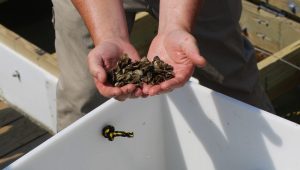

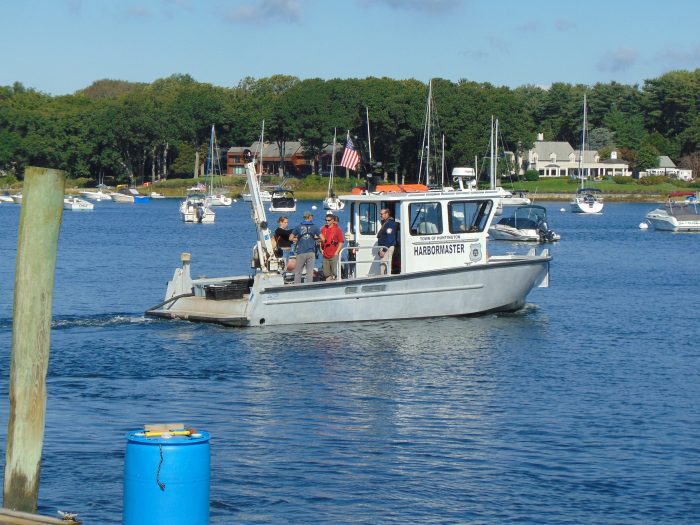
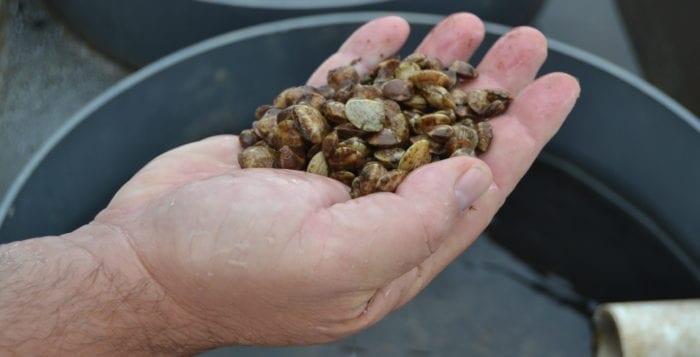
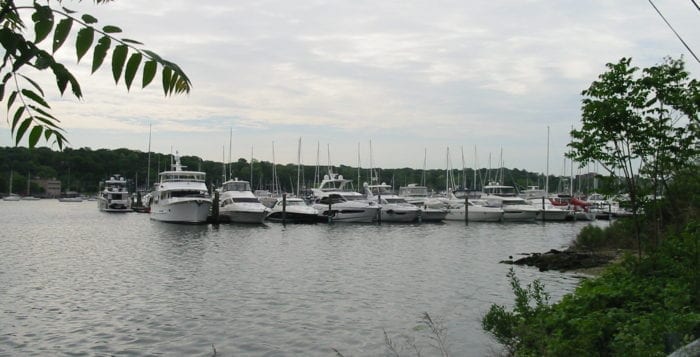
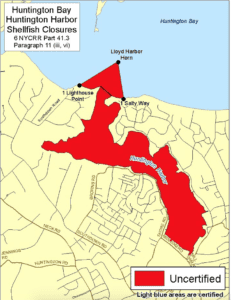
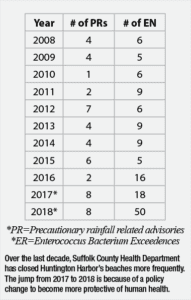 Christopher Gobler, the chair of Coastal Ecology and Conservation at Stony Brook University’s School of Marine and Atmospheric Sciences, is a co-chair for the project. He said he knows of no good information about the shellfish population trends for Huntington Harbor over time that might indicate whether or not shellfish are overharvested. One trend is clear: Huntington Harbor’s water quality needs improving. Gobler said his team identified five ecosystems that would most benefit from additional filtration, and Huntington ranks among the chosen few.
Christopher Gobler, the chair of Coastal Ecology and Conservation at Stony Brook University’s School of Marine and Atmospheric Sciences, is a co-chair for the project. He said he knows of no good information about the shellfish population trends for Huntington Harbor over time that might indicate whether or not shellfish are overharvested. One trend is clear: Huntington Harbor’s water quality needs improving. Gobler said his team identified five ecosystems that would most benefit from additional filtration, and Huntington ranks among the chosen few. 